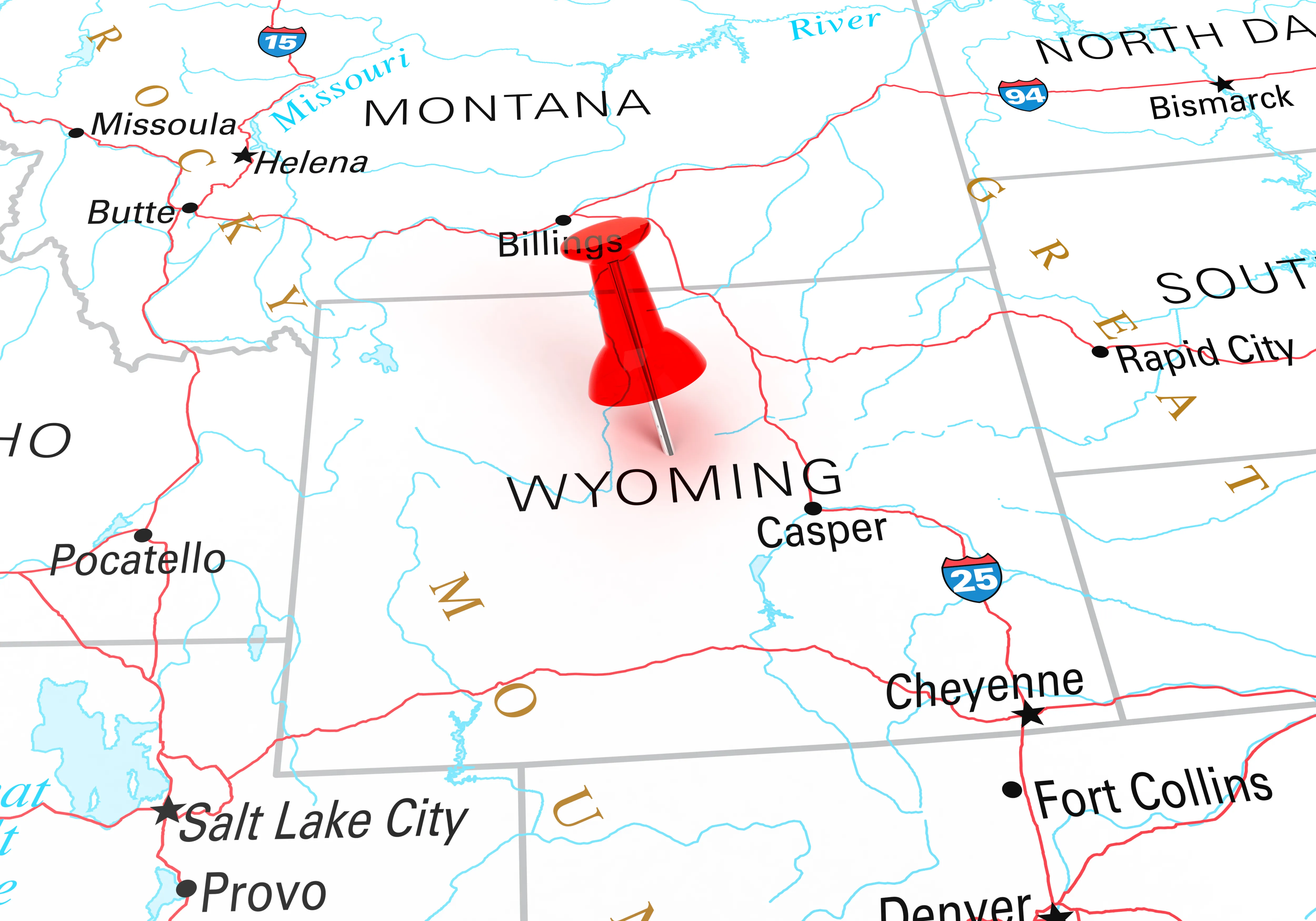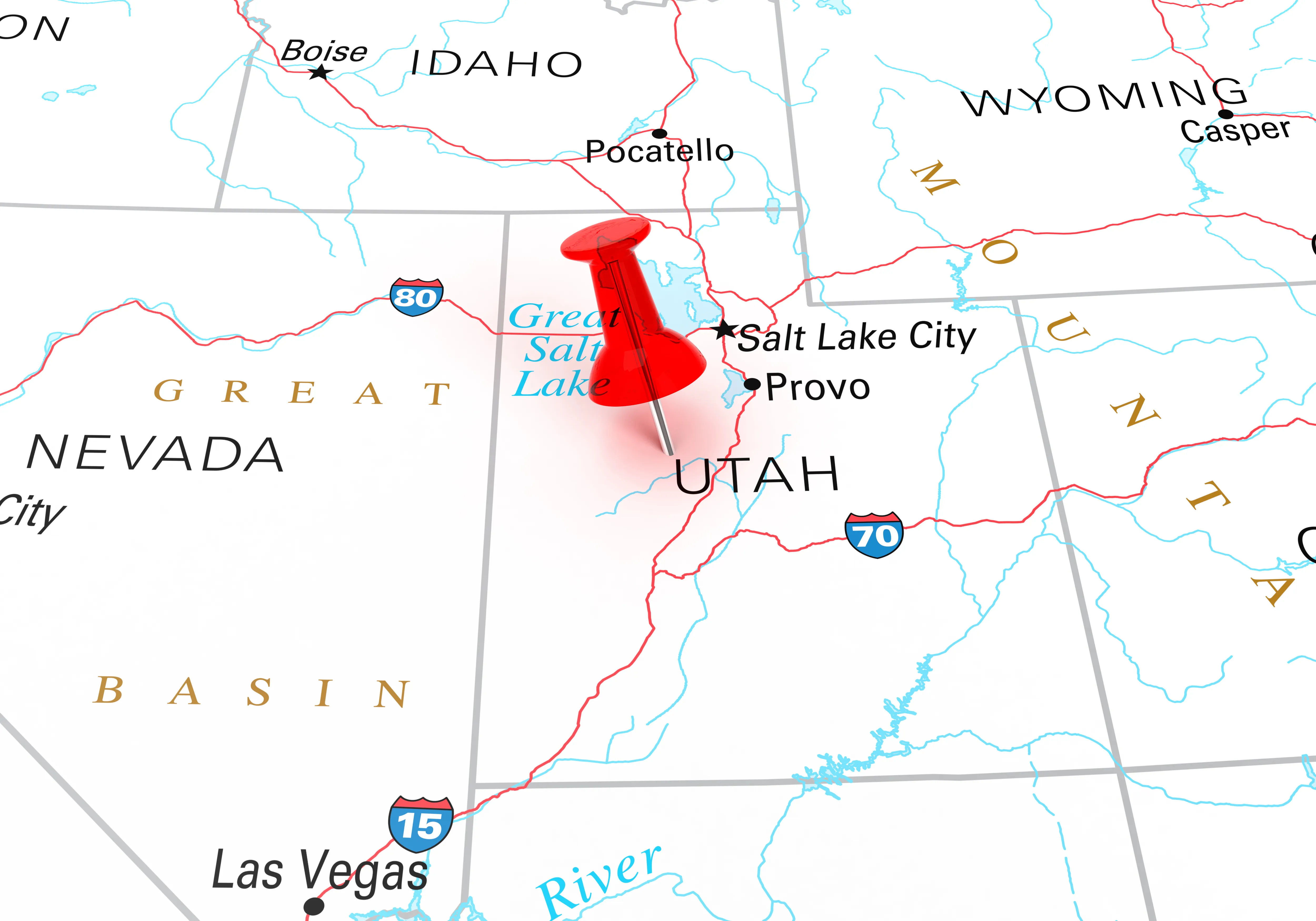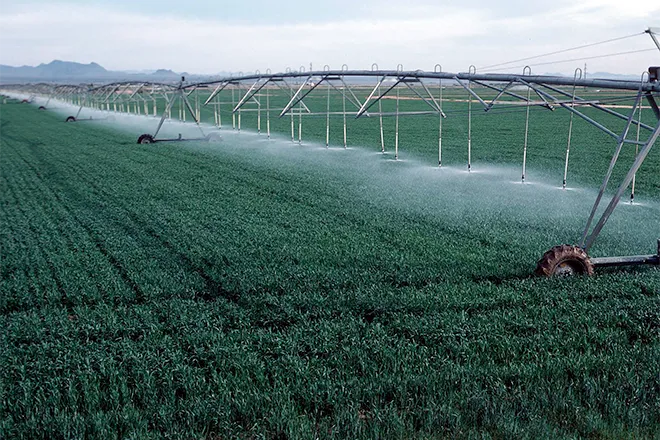
More money, more problems for national broadband expansion
(The Center Square) — A federal broadband expansion program triggers similar complaints across the country: red tape and labor shortages make the process daunting, even by bureaucratic standards, and many worry about the logistics of such a massive undertaking.
At a summit hosted by the National Conference of State Legislatures this week, officials emphasized the artificial barriers set up by the federal Broadband Equity Access and Deployment program, or BEAD, which provides $42.5 billion in federal cash to states.
Pennsylvania is set to receive $1.16 billion from BEAD. While the money is significant, so are the headaches it brings.
“This is probably the most burdensome federal program that I probably will administer in my career — and I come from a background of HUD,” said Tamarah Holmes, director of Virginia’s Office of Broadband, referring to her former tenure at the U.S. Department of Housing and Urban Development.
The BEAD program limits public-private partnerships, she said, and requires the money to go to private businesses to build out broadband.
Coordinating with local governments and getting their involvement has been a challenge, Holmes noted, and BEAD’s preference for fiber-optic connections can be a handicap when expanding into mountainous areas that could benefit more from wireless connections.
“The feds have their foot on the gas and on the brake at the same time,” Sally Doty, director of Mississippi’s Office of Broadband Expansion and Accessibility. “There are a lot of hoops and things you have to jump through.”
The amount of money drew few complaints, though some worried about potential shortfalls. Virginia will receive $1.4 billion in BEAD funds and Mississippi will get $1.2 billion.
“We think we’re going to have close to enough money when you add our capital projects fund … to truly reach everyone with universal service,” Doty said. “It is such an opportunity.”
Holmes said that the money for Virginia will be enough “to close the gap” as far as infrastructure goes, but others will remain.
Joseph Le, deputy director of broadband development in Kansas, argued, however, that his state will be about $300 million short of the roughly $1 billion in need after adding in other funding to the $452 million Kansas received from BEAD.
Pennsylvania has about 330,000 unserved and underserved locations it has targeted for broadband expansion. Service providers have been concerned about a lack of transparency from the Broadband Development Authority.
Providers and state officials also worry about a capacity issue: though the money will flow into the commonwealth, the workers to build out the network might not exist.
Broadband officials in other states share those concerns — especially as every state gets BEAD money simultaneously, bidding up the price of labor.
In Mississippi, the state has required broadband providers to meet with local community colleges to discuss workforce development.
The buildout, state officials emphasized, will take years, not months. Maintaining the broadband network when it’s completed, too, will remain an issue in the years to come.
“The operational cost to maintain those (extremely rural networks) are going to be difficult,” Doty said.
Updating them for the future will also carry costs.
“We need to be able to keep up with that (speed) and keep the attention on that need to continue to future-proof what we’re putting into the ground now,” Le said.
















